Source(google.com.pk)
Hi Res Wallpaper Biography
Around 4000 B.C., the earliest known form of "paper" was introduced: Egyptian papyrus.
After World War II wallpaper boomed onto the decorating scene. Many manufacturers entered the marketplace and by doing so created new types of wallpapers. Wallpaper was not made just from paper anymore. The outer surface (the part seen by the consumer) now had several types of looks; grass cloth, string, fabric, silk, to name just a few. This required a "backing" paper typically laminated to the outer (viewed) surface to give the paper strength to adhere to the wall. New adhesives were a necessity to make the paper adhere to the wall.
In the 1960's wallpaper boomed even more as a decorating material. Wallpaper manufacturers jumped at the market demand. This created even more paper types and adhesive variations. Bold colors and patterns were the rage. Foil and flocked wallpapers appeared.
In the late 1960's and early 1970's new "vinyl" wallpaper products were introduced. Vinyl was the answer. Vinyl, an oil based product was cheap and easy to print. Typical vinyl wall coverings consist of an outer layer of vinyl laminated to a paper backing. Someone coined the phrase "strippable" which is still used today. "Strippable" wallpaper means that eventually you will be able to get it off the wall. It does not mean that the process of removing it will be easy. People began to find out that wallpaper removal was not easy which in part lead to a decline in wallpaper use.
The wallpaper industry responded by manufacturing "prepasted" wallpapers that were to be simple to install and remove. The prepasted paper usually consisted of paper with a thin layer of dried glue applied to the back. The consumer was to simply place the paper underwater causing the glue to activate then adhere to the wall. The problem is no one thought about human nature. Society had been trained for years to paste wallpaper to the wall so most people added paste to the back of the prepasted paper. Human nature compounded the problem with the theory that "A little bit of glue is good therefore a whole lot of glue is real good".
Another type of vinyl product was developed in the late 1970's. It is commonly known as commercial vinyl. Designed to be used extensively for commercial buildings to save the cost of paint and paint maintenance in high traffic areas such as corridors, high-rise buildings, commercial buildings, etc. Typical commercial vinyl is very thick (compared to paper), has no backing and was applied directly to the wall. This works great for plaster construction but no one realized what a boom to construction that gypsum wallboard would be. Gypsum wallboard or "drywall" is the common wall material today. Enter human nature; since commercial vinyl was developed for areas of high traffic and abuse by people, adhesive manufacturers made adhesive that will really stick.
Wallpaper manufacturers became strict about what adhesive must be used on what primer on what wall finish. Don't believe me? Read the label on a roll of wallpaper. Why did the manufacturers become so strict? The manufacturers are protecting their liability. In today's day and age consumers are demanding better life of product, better service, and better quality. Consumers will complain about wallpaper failures more frequently than in the past.
Not far behind the wallpaper manufacturers came the adhesive manufacturers. They see the opportunity to sell gallons of adhesive and do so successfully. Wallpaper adhesive manufacturers also make their own adhesive removers. It is important to note that their remover was formulated to remove their adhesive. Enter human nature again. Typical wallpaper installation is done by a homeowner or professional paperhanger. Homeowners ("Weekend Warriors") simply do not follow instructions. They try any combination of pastes or home "recipes" to install wallpaper. Most paperhangers custom mix their pastes (though they are shy to admit it) to create a "recipe" that works for them. They do not use pastes 100% pure as received from the manufacturer and to the manufacturers specifications. We know this to be true because we constantly test actual field conditions.

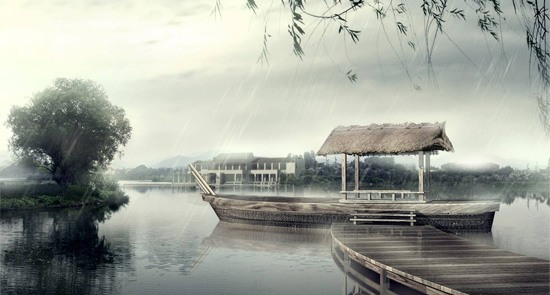
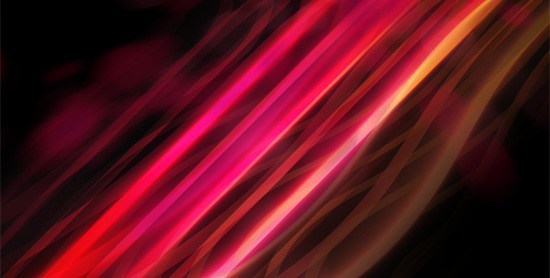
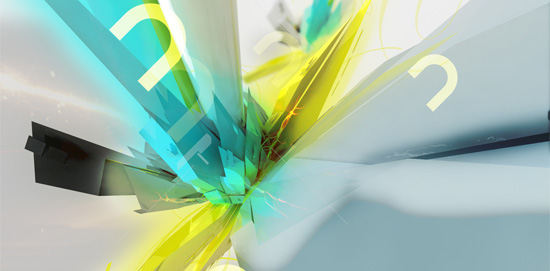
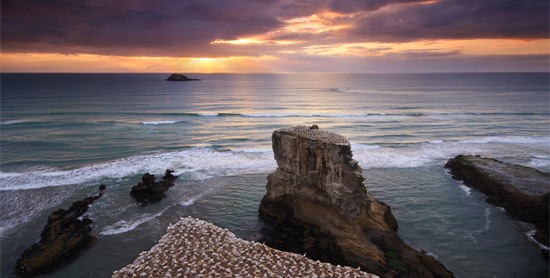
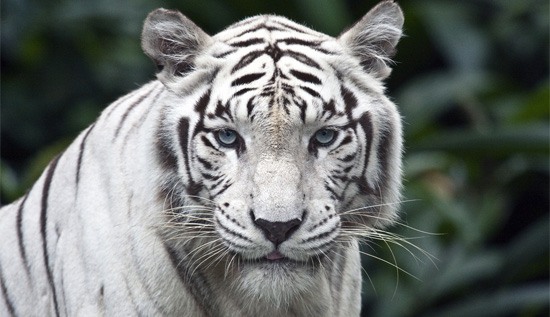
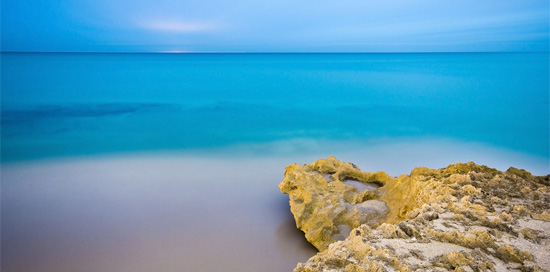



Hi Res Wallpaper Biography
Around 4000 B.C., the earliest known form of "paper" was introduced: Egyptian papyrus.
Wallpaper actually began in ancient China, first because the Chinese invented paper, and secondly because they glued rice paper onto their walls as early as 200 B.C.
In 105 A.D., the Chinese court official Ts'ai Lun, invented papermaking from textile waste, i.e. from rags. This was the birth of paper as we know it today.
Some time in the 8th century, several Chinese prisoners with papermaking skills worked under Arabs, who in turn, spread the knowledge of papermaking throughout the Middle East.
By the 10th century, Arabians were substituting linen fibers for wood and bamboo, creating a finer sheet of paper. Paper now reached a much higher quality level.
During 12th century, papermaking had spread throughout Europe.
The earliest European pictorial block prints were religious souvenirs known today as "helgen". The oldest known, a representation of the Virgin, is dated 1418. It is now in the Royal Library at Brussels. This type of printing method may have also been used by the Chinese as early as the 5th century.
Jean Bourdichon painted 50 rolls of paper with angels on a blue background for Louis XI of France in 1481. King Louis ordered the portable wallpaper because he found it necessary to move frequently from castle to castle. Other well-heeled Europeans commissioned artists to paint paper for their walls, but real wallpaper can hardly be said to have existed till the advent of the printing press.
The earliest know fragment of European wallpaper that still exists today was found on the beams of the Lodge of Christ's College in Cambridge, England and dates from 1509. It is an Italian inspired woodcut pomegranate design printed on the back of a proclamation issued by Henry VIII. The paper is attributed to Hugo Goes, a printer in York.
A guild of paperhangers was first established in France in 1599.
Jean-Michel Papillon, a French engraver and considered the inventor of wallpaper, started making block designs in matching, continuous patterns in 1675, and wallpaper as we know it today was on its way.
The oldest existing example of flocked wallpaper comes from Worcester and was created in approximately 1680.
The manufacturing methods developed by the English are significant, and the products from 18th century London workshops became all the rage. At first, fashion conscious Londoners ordered expensive hand painted papers that imitated architectural details or materials like marble and stucco, but eventually wallpapers won favor on their own merits. Borders resembling a tasseled braid or a swag of fabric were often added, and flocked papers that looked like cut velvet were immensely popular.
Wallpaper came to America in 1739, when Plunket Fleeson began printing wallpaper in Philadelphia.
In early America, colonials copied European fashions. After the Revolutionary War, Americans set up workshops of their own. Paper was all the fashion, from neoclassical looks to rambling roses. American firms made their share of patriotic "commemorative" papers, which we have come to know from trunk linings and bandboxes.
In 1778, Louis XVI issued a decree that required the length of a wallpaper roll be about 34 feet.
Frenchmen, Christophe-Philippe Oberkampf invented the first machine for printing wallpaper in 1785. Frenchmen, Nicholas Louis Robert invented a way to make an endless roll of wallpaper around the same time.
In 1798, lithography was invented by Alois Senefelder in Solnhofen, Germany.
By the 1800s, French scenic papers printed with hand-carved blocks, some taking as many as 5,000 blocks to produce, were popular.
In 1839, the English invented a four color surface printing machine with designs hand-cut on cylinders that could print 400 rolls a day. It was invented by the Charles Harold Potter of the calico printing firm Potters & Ross of Darwen in Lancashire, England.
By 1850, eight color printing was available and in 1874, the twenty color printing machine was invented.
In 1879, gravure printing, also known as Intaglio, was invented by Karl Keitsch in Austria.
In 1888, Ferdinand Sichel developed the first ready-to-use wallpaper paste.
In 1890, flexographic printing is invented in England.
Wallpaper pasting machines first appeared around the turn of the 20th century.
Silkscreen printing is said to have originated in Japan and China between 960-1280. Although, it was first patented in England by Samuel Simon in 1907. The first mechanical silkscreen machine was invented in 1920.
In the Victorian era, rooms paraded print upon print, mostly in garish colors, and the advent of machine-made wallpaper put the cabbage rose and arabesque patterns within the budget range of practically every home. Artisans such as Louis Comfort Tiffany and William Morris and their lyrical interpretations of nature, hand-printed by the wood block method, came to symbolize Art Nouveau. The Victorian Era, as one would expect, was a grand time for wallpaper featuring over embellished designs featuring somber colors, but it was in the roaring '20s that wallpaper really took the spotlight for the first time. Known as the Golden Age of Wallpaper, some 400 million rolls were sold during that period.
In 1936, cellulose derivative Carboxymethylcellulose (CMC) made its market debut as Henkel-Zellkleister Z 5, a paste powder that was soluble in cold water.
After World War II, the entire industry was revolutionized with the appearance of plastic resins which offered stain resistance, washability, durability and strength.
In 1974, the National Guild of Professional Paperhangers was established in the United States.
Modernism frowned on embellishments, so wallpaper fell into disfavor during much of this century. But as the 20th century ebbs and the bane of cookie-cutter homes and sterile work environments is upon us, some have rediscovered the romance and beauty of patterned walls.
Recent advances in digital, photo, and printing technologies have allowed modern printing facilities to replicate historic papers and other digital media on a variety of substrates.
Of course, one should no longer talk about wallpaper. Now it's wallcoverings, for technology has stepped in and created products that incorporate miracle compounds that make them washable, long lasting, pre-pasted, and yet so true to the best of history's worldly arts. So, companies can reproduce any style of any period. And unlike the costly fresco paintings, tapestries and hand-painted papers of the past, today's wallcoverings are very affordable.
Wallpaper removal is not new. Wallpaper has been manufactured and installed for several generations. In the early days there was no special solution manufactured. People removed wallpaper with their own "home recipes". The most common recipe was vinegar and hot water. This worked adequately because most wallpaper at the time was made of real paper installed on home made pastes, usually wheat based. The acid of the vinegar would attack the paste.After World War II wallpaper boomed onto the decorating scene. Many manufacturers entered the marketplace and by doing so created new types of wallpapers. Wallpaper was not made just from paper anymore. The outer surface (the part seen by the consumer) now had several types of looks; grass cloth, string, fabric, silk, to name just a few. This required a "backing" paper typically laminated to the outer (viewed) surface to give the paper strength to adhere to the wall. New adhesives were a necessity to make the paper adhere to the wall.
In the 1960's wallpaper boomed even more as a decorating material. Wallpaper manufacturers jumped at the market demand. This created even more paper types and adhesive variations. Bold colors and patterns were the rage. Foil and flocked wallpapers appeared.
In the late 1960's and early 1970's new "vinyl" wallpaper products were introduced. Vinyl was the answer. Vinyl, an oil based product was cheap and easy to print. Typical vinyl wall coverings consist of an outer layer of vinyl laminated to a paper backing. Someone coined the phrase "strippable" which is still used today. "Strippable" wallpaper means that eventually you will be able to get it off the wall. It does not mean that the process of removing it will be easy. People began to find out that wallpaper removal was not easy which in part lead to a decline in wallpaper use.
The wallpaper industry responded by manufacturing "prepasted" wallpapers that were to be simple to install and remove. The prepasted paper usually consisted of paper with a thin layer of dried glue applied to the back. The consumer was to simply place the paper underwater causing the glue to activate then adhere to the wall. The problem is no one thought about human nature. Society had been trained for years to paste wallpaper to the wall so most people added paste to the back of the prepasted paper. Human nature compounded the problem with the theory that "A little bit of glue is good therefore a whole lot of glue is real good".
Another type of vinyl product was developed in the late 1970's. It is commonly known as commercial vinyl. Designed to be used extensively for commercial buildings to save the cost of paint and paint maintenance in high traffic areas such as corridors, high-rise buildings, commercial buildings, etc. Typical commercial vinyl is very thick (compared to paper), has no backing and was applied directly to the wall. This works great for plaster construction but no one realized what a boom to construction that gypsum wallboard would be. Gypsum wallboard or "drywall" is the common wall material today. Enter human nature; since commercial vinyl was developed for areas of high traffic and abuse by people, adhesive manufacturers made adhesive that will really stick.
Wallpaper manufacturers became strict about what adhesive must be used on what primer on what wall finish. Don't believe me? Read the label on a roll of wallpaper. Why did the manufacturers become so strict? The manufacturers are protecting their liability. In today's day and age consumers are demanding better life of product, better service, and better quality. Consumers will complain about wallpaper failures more frequently than in the past.
Not far behind the wallpaper manufacturers came the adhesive manufacturers. They see the opportunity to sell gallons of adhesive and do so successfully. Wallpaper adhesive manufacturers also make their own adhesive removers. It is important to note that their remover was formulated to remove their adhesive. Enter human nature again. Typical wallpaper installation is done by a homeowner or professional paperhanger. Homeowners ("Weekend Warriors") simply do not follow instructions. They try any combination of pastes or home "recipes" to install wallpaper. Most paperhangers custom mix their pastes (though they are shy to admit it) to create a "recipe" that works for them. They do not use pastes 100% pure as received from the manufacturer and to the manufacturers specifications. We know this to be true because we constantly test actual field conditions.
This is when we came into the picture. We have found that 90% of wallpaper is installed with a combination of adhesives or additives. Our adhesive remover has proven to work on the actual conditions commonly found. We have removed over 50,000 rolls of wallpaper in every type of situation. We have removed all types of wallpapers known. We have removed wallpaper from all types of wall conditions. By being a small company we have the distinct advantage of reacting to the marketplace immediately. We specialize in wallpaper removal only. We look at every roll of wallpaper removed as a learning experience . . .we have to.
Hi Res Wallpaper

Hi Res Wallpaper

Hi Res Wallpaper

Hi Res Wallpaper

Hi Res Wallpaper

Hi Res Wallpaper

Hi Res Wallpaper

Hi Res Wallpaper

Hi Res Wallpaper

Hi Res Wallpaper

Hi Res Wallpaper
No comments:
Post a Comment